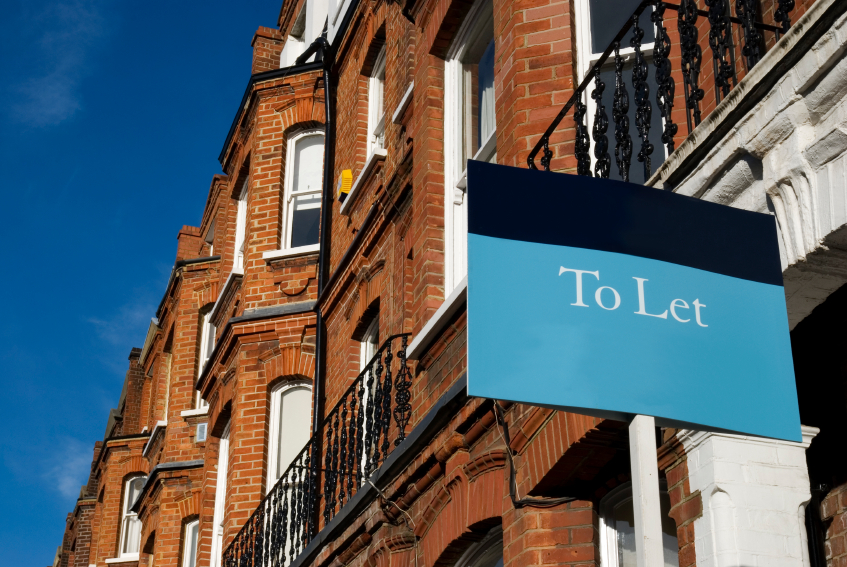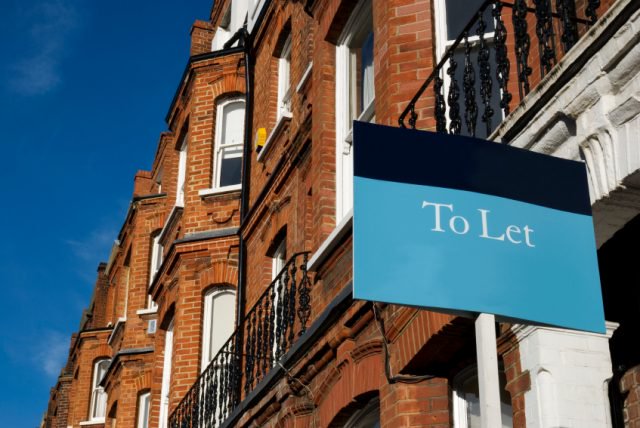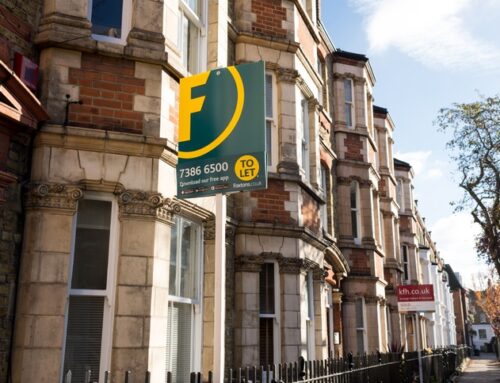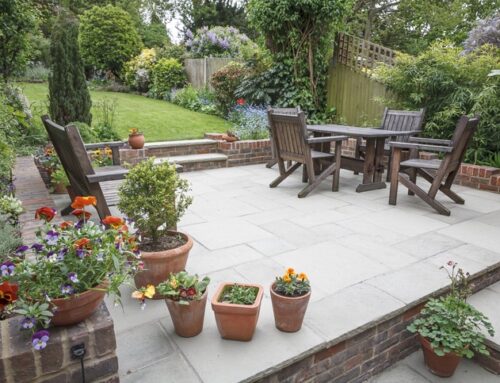Home » Uncategorised »
First Drop in London Rents for Six Years, Reports Countrywide
This article is an external press release originally published on the Landlord News website, which has now been migrated to the Just Landlords blog.

Rent price growth has slowed in every region of the UK, with the first drop in London rents for six years recorded in July, according to the latest Countrywide Lettings Index.

First Drop in London Rents for Six Years, Reports Countrywide
Rents in the capital dropped by 0.5% over the last 12 months, making the average London rent £7 cheaper per month than in 2015. Countrywide found that the last time rents in the capital dropped annually was in November 2010, when the average monthly rent in London was £923 – 39% less than today.
Across the UK, rents rose by just 1.5% in the year to July, marking the slowest rate of growth since 2012.
Although tenant demand has increased nationally, the number of rental homes coming onto the market has slowed, or in some cases, reversed price growth. In July, there were 23% more homes available to rent in the UK than in July 2015, while the capital recorded a 33% increase.
Countrywide believes that part of this rise was driven by landlords rushing to beat the Stamp Duty deadline in April, however, it adds that the number of homes available to rent has continuously risen in recent months, particularly in London and the South East.
The report concludes that an increase in the number of homes on the market has meant that fewer deals were agreed above the asking rent. In July last year, 16% of tenants paid more than the asking price to secure a home, compared to 7% in July 2016. In London, the fall was greater – down from 32% last year to 11% this year.
Last month, the average rent price in the UK was £951 per month, up by 1.5% over the year, but rising half as fast as in July 2015.
Rents in London (-0.5%), the South East (-1.1%), Wales (-2.0%) and Scotland (-1.0%), are all down on last year.
Contrastingly, the rate of rent price growth across the north of England and the Midlands reached the highest level for two years.
Average rents across the UK
[table id=22 /]The Director of Research at Countrywide, Johnny Morris, comments: “The large rise in numbers of homes available to rent has certainly slowed rental growth, even with tenant numbers increasing. Stock levels were already running higher than usual, due to investors bringing forward purchases in the rush to beat the Stamp Duty deadline in April. Added to that, uncertainty in the sales market in the run up to and after the EU referendum has caused more discretionary sellers to turn to the rental market.
“While rental price growth has slowed, current market dynamics are likely to accelerate the growth of renting. It seems that with more stock and demand from tenants, we will see the number of households renting increase in 2016.”




